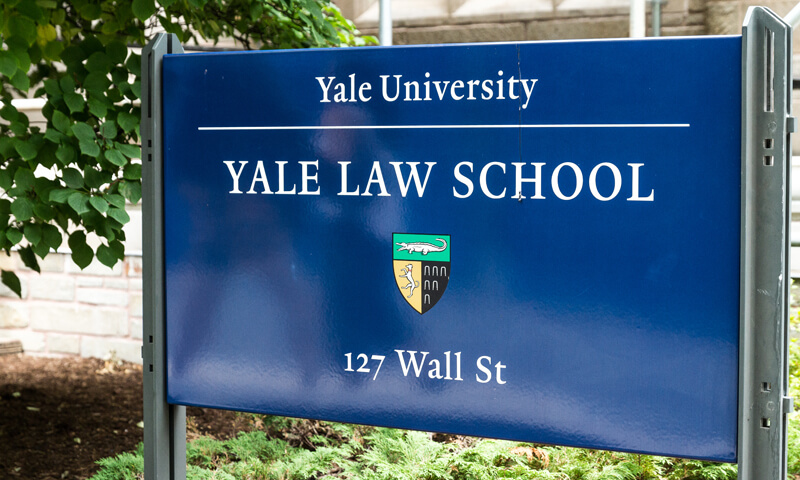
In an unexpected turn of events, the decisions issued by the U.S. Supreme Court in its current term have shown a remarkable departure from strictly ideological splits. The Empirical SCOTUS blog, a trusted source for analyzing Supreme Court trends, has revealed this intriguing phenomenon. Even with several key cases decided by narrow margins, the justices have seemingly transcended traditional ideological divides.
According to a recent blog post on May 15, the Supreme Court’s opinions this term have defied expectations. Notably, two decisions were reached by 5-4 votes and three by 6-3 votes. Yet, none of these rulings can be neatly categorized along ideological lines. The absence of such clear divisions raises intriguing questions about the dynamics of the Court and its decision-making process.
Another significant finding from the analysis pertains to the majority composition. Surprisingly, the liberal justices have been in the majority more frequently than their conservative counterparts. In fact, conservative justices have dissented at a rate approximately 13.87% higher than the liberal justices in this term. This stark contrast is particularly notable when compared to previous terms. Since 2005, the only other term in which conservatives dissented more frequently at this point was in 2014, with a difference of 17.83%.
Further examination of the data reveals that the three liberal justices have each dissented only once, accounting for a mere 5.57% of their votes. They last dissented less frequently at this stage in 2005 when their dissent rate stood at 5.38%. These statistics indicate an unprecedented level of agreement among the liberal justices, suggesting a unified front on many key issues.
It is essential to note that these comparisons are based on decisions made by May 18, the next expected date for the Supreme Court to issue opinions. As the blog post highlights, the most divisive cases have yet to be decided. These pending cases include affirmative action, voting rights, and student debt relief matters. The outcomes of these significant cases are likely to substantially impact the Court’s ideological dynamics moving forward.
Adam Feldman, the author of the Empirical SCOTUS blog post, provides insightful analysis on the current term’s peculiar trends. He points out that the liberal justices’ strength in the majority is highly anomalous compared to previous terms. However, Feldman also emphasizes that the Supreme Court’s overall pace of decision-making is noticeably slower this term than in any other term over the past century. This observation implies that it is still too early to draw definitive conclusions about the Court’s direction and the ultimate ideological balance.
As legal experts and observers eagerly await the outcomes of the impending landmark cases, the Supreme Court’s ability to bridge ideological gaps remains a subject of intense scrutiny. The decisions in matters such as affirmative action, voting rights, and student debt relief will undoubtedly shape the legal landscape for years to come. Within these significant cases, the Court’s ideological composition may become more apparent.
The non-ideological split witnessed thus far in the Supreme Court’s current term challenges preconceived notions about how the justices align themselves along ideological lines. The unexpected dynamics and the increased presence of liberal justices in the majority are indicative of an evolving Court. It highlights the complexity of legal decision-making and serves as a reminder that predicting outcomes based solely on ideological divisions can be an oversimplification.
As the term progresses and more opinions are issued, legal scholars and the public will continue to analyze the Court’s decisions and observe whether the trends observed by the Empirical SCOTUS blog persist. The U.S. Supreme Court, with its profound impact on the nation’s laws and policies, remains an institution that shapes the course of American jurisprudence.
















































